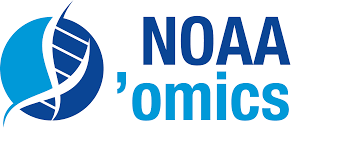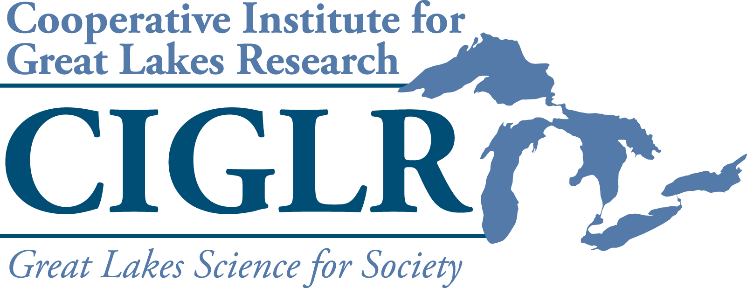About GLAMR
Updated on Nov. 8, 2024, 4 p.m.
The Great Lakes Atlas for Multi-omics Research (GLAMR) Database enables discovery and exploration of environmental ‘omics’ data from the Laurentian Great Lakes. The GLAMR database contains shotgun metagenomic and metatranscriptomic sequencing data, amplicon sequencing data, and associated metadata including collection and processing metadata, and nutrient and environmental measurements. GLAMR can currently be used to explore the content of metagenomic datasets; we are currently implementing similar exploration of metatranscriptomic and amplicon data sets.
GLAMR facilitates exploration of omics datasets, processed with standardized bioinformatics pipelines to enable comparison across studies. Where possible, GLAMR makes use of existing community standards to enable interoperability with other services.
GLAMR is a product of the Geomicrobiology Lab at the University of Michigan and is supported by the Cooperative Institute for Great Lakes Research through the NOAA ‘Omics program.
Abundance / contig annotation data for metagenomic samples are now based on an MMseqs2-based pipeline using the UniRef database with supplemental annotations from our Universal Multi-omics Reference and Alignment Database (UMRAD).
GLAMR software including bioinformatics pipelines and the website and database code are available via GitHub. The GLAMR bioinformatics pipelines are written using the Snakemake workflow engine, and the website is built using the Django framework backed by a Postgres database.
Credits
Reference data sources:
- GTDB release 08-RS214 (paper)
- NCBI Taxonomy 2023-02-20 +++ downloaded via FTP
- UniRef release 2022_04 2022-10-12 (paper)
- BBtools v38.93
- CheckM v1.2.2 (paper)
- Concoct v1.1.0 (paper)
- CoverM v0.6.1
- DASTool v1.1.4 (paper)
- dRep v3.2.0 (paper)
- fastp v0.23.2 (paper)
- GTDB-Tk v2.1.1 (paper)
- Kingfisher v0.1.2 (source code) +++ citation: https://doi.org/10.5281/zenodo.10525086
- Krona v2.8.1
- MaxBin2 v2.2.7 (paper)
- MegaHit v1.2.9 (paper)
- Metabat2 v2.17 (paper)
- MetaDecoder v1.0.13 (paper)
- MiniMap2 v2.24 (paper)
- MMseqs2 v14.7e284 (source code) (paper)
- Prodigal v2.6.3 (paper)
- SamTools v1.15.1 (paper)
- SemiBin v1.0.3 (paper)
- Sourmash v4.8.4 (paper)
- VAMB v3.0.8 (paper)


